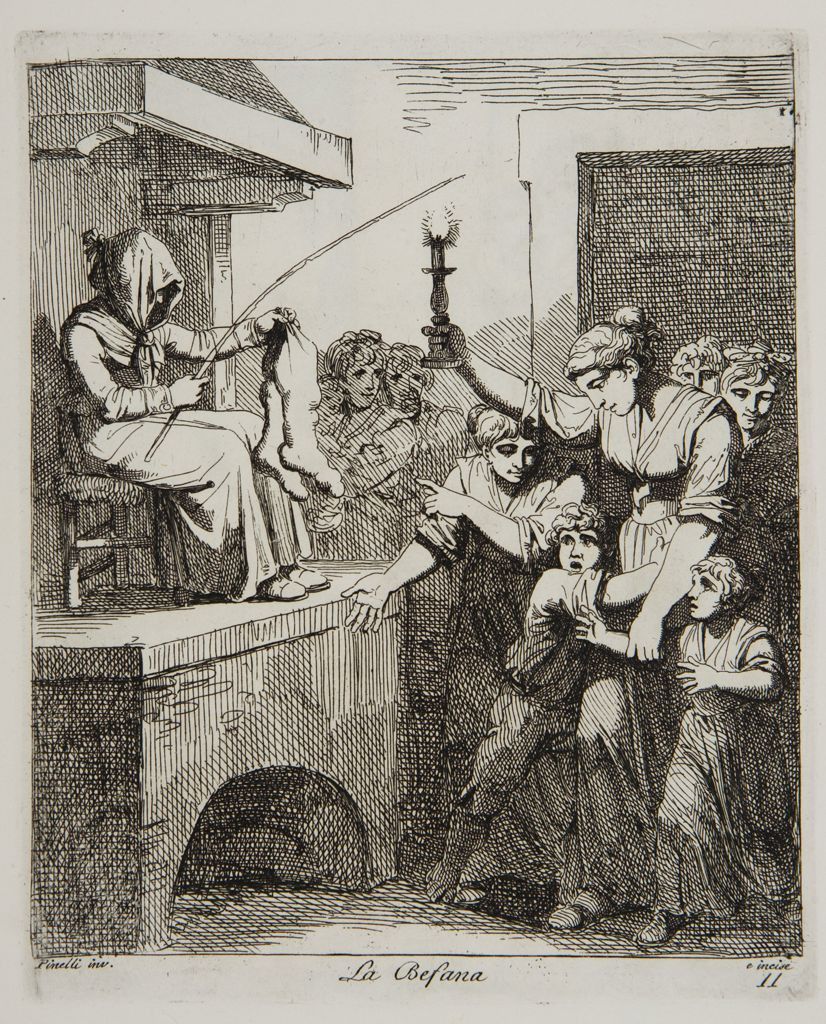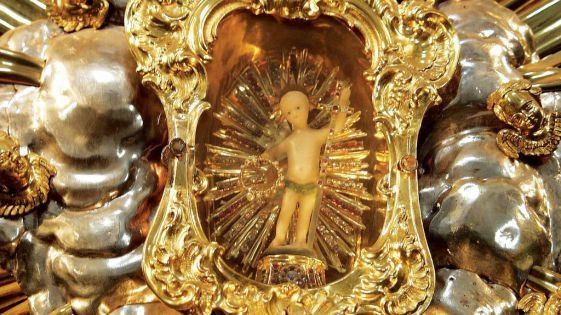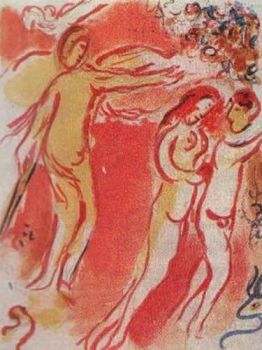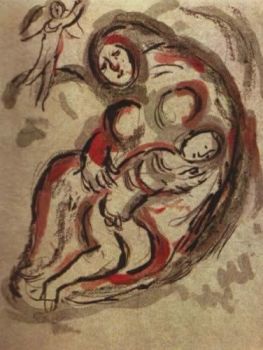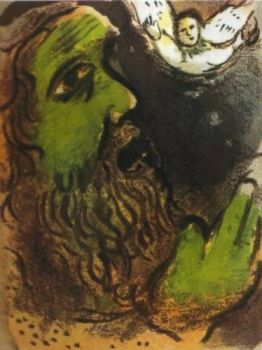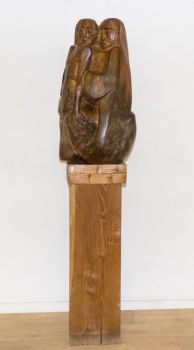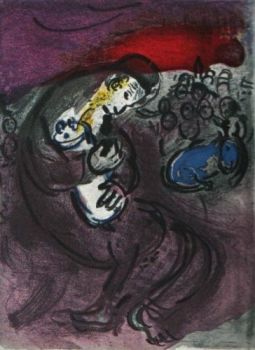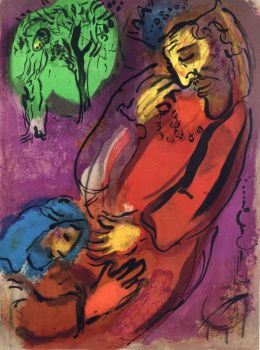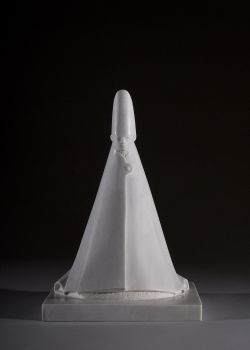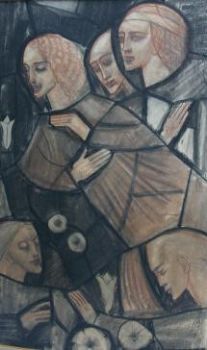Another Take on Santa Claus
The question of Santa Claus's heritage usually pops up around this time of year. Even though it is clear that this jolly old bearded man is an adaptation of different religious and folkloristic traditions, it is difficult to pin point exactly how the process that led up to our current version evolved.
Let's take a look at some inspirational sources from the European mainland:
A 'Jul' postcard, 1885, Denmark, Nasjonalbiblioteket.
Denmark
For many centuries, the Danish believed in the presence of 'Nisser', perceived as small mythical creatures. These long-bearded figures, no taller than a meter and dressed in bright knit caps , could either bring good fortune or cause complete disasters.
The 'Julenisse' in specific was responsible for bringing good fortune to families in the month of December (the Danish refer to the December festivities as 'Jul', find out more about this here). Hence why families would feed them porridge and treat them very well around this time of year.
The Nisse is perhaps the most popular creature within Scandinavian folklore and has appeared in many works of literature, albeit sometimes inaccurately described as a goblin.
Bartolomeo Pinelli, La Befana, 1810, print, Harvard Arts Museum.
Italy
Another possible source of inspiration was the female figure of 'La Befana', dressed in a black cloak. This old woman would navigate the Italian skies on her broomstick during Epiphany Eve, celebrated on the 5th of January.
She would stop by the houses at night to to fill the shoes of well-behaved children with candy, or ‘caramelle’, whereas the naughty children received a piece of coal.
Upon her leaving, she would also sweep the floor as a means of cleaning the slate, getting rid of all of the problems of that year. That kind of service of course came at a cost; the children were expected to leave a glass of wine and a small plate of local deliciosities. This is Italy, after all.
The figure of Christkind in a baroque town church, Steyr, Austria, around 1705.
Germany
Before the 'Weihnachtsmann' entered the ring as a competition in the 1990's, the traditional giftbearer in Germany and its surrounding lands was know as the 'Christkind'.
During the Protestant Reformation of the 16th and 17th centuries, the Lutheran Church promoted Christ as "giver". The Christkind is therefore found pictured in many churches as a blond haired boy with angelic wings. This specific appearance was related to the incarnation of Jesus as an infant.
Following the bearing of gifts, parents would feign the departure of the Christkind by ringing a small, clear-sounding bell. The Christmas tree was then revealed, with heaps of presents underneath.
Wherever you are from and whatever you believe, Gallerease wishes you happy holidays!



